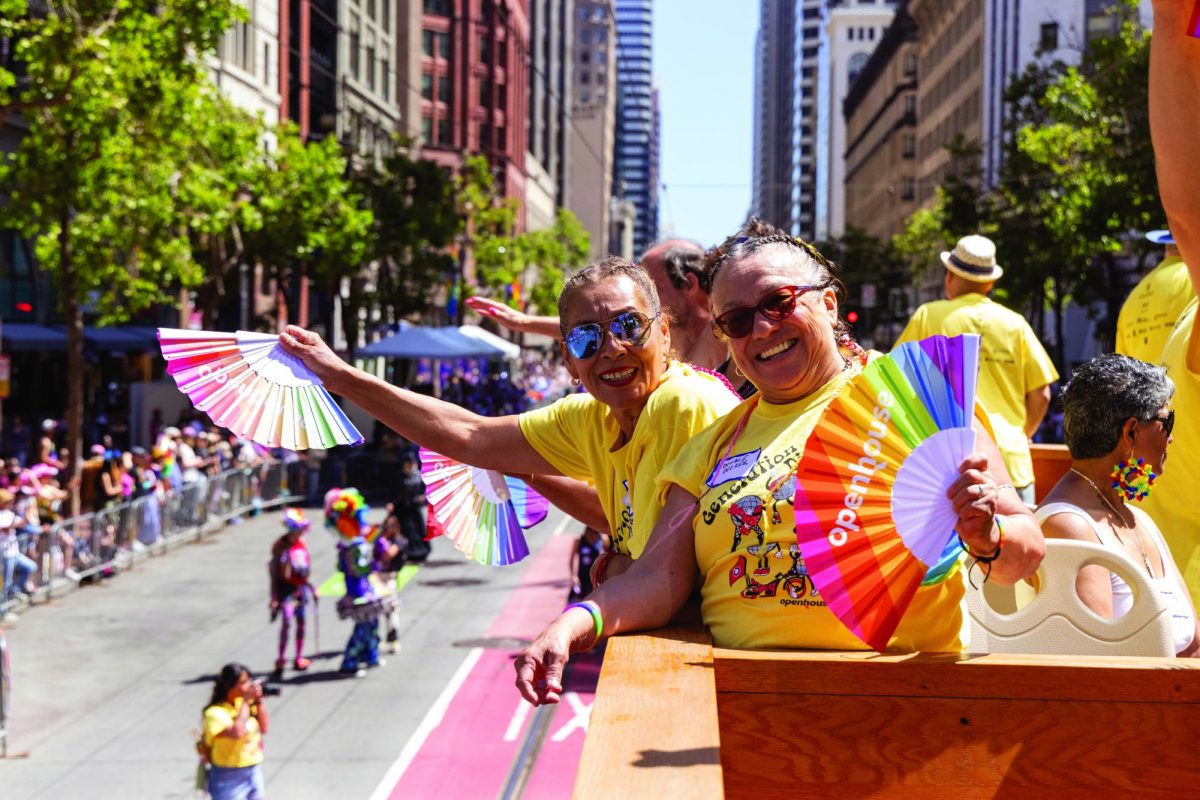Riding public transit can sometimes come with uncomfortable situations that can’t be helped, like being packed into a train or bus, encountering the smells of the city or just having to endure unexpected delays. But when it comes to verbal and non-verbal harassment in transit, it can be a jarring and dangerous situation to navigate even if it’s not happening to you.
A study conducted by the San Jose State University Research Institute found that at least 63% of their students had experienced some kind of verbal or non-verbal harassment, with verbal harassment being the most common. Whether you’ve experienced harassment while on public transit or just a frequent rider, learning more about the prevalence and how to intervene safely can help make riding a safer experience for everyone.
These types of harassment go largely unreported, according to the SJSU study only 10% of students reported to transit authorities or police. So the first step to tackling this issue is awareness of what harassment is and knowing who to report too.
But what are the tools riders can use to navigate and intervene when harassment takes place?
Combating harassment may be a gray area for bystanders, but studies show that riders can try to intervene by; acting like they know the victim and asking to move cars with them, contacting transit authorities/operators to intervin, or just simply walking over to the victim and taking up space so that they can see others are witnessing it happen.
These acts won’t stop all harassment but will help reduce and aid victims in the moment. These acts can help to create an environment that does not tolerate harassment of any kind making transit feel safe for all.




















